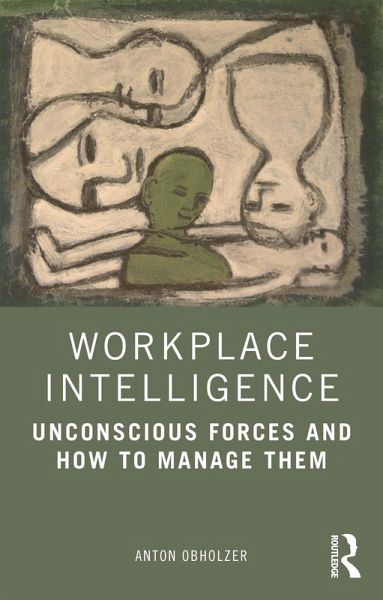
Workplace Intelligence (eBook, PDF)
Unconscious Forces and How to Manage Them

PAYBACK Punkte
14 °P sammeln!
Workplace Intelligence provides a range of insights into the unconscious processes at play in the workplace and an introduction to a balanced approach to organizations.The book explores key concepts, showing how our emotions and early experiences inform the roles we play at work, as well as how we react to other people. It encourages close observation and reflection and utilization of this knowledge for managing ourselves and others fruitfully. It also provides managers with the methods to intervene and tackle these issues, elaborating on topics from leadership and group dynamics to meetings a...
Workplace Intelligence provides a range of insights into the unconscious processes at play in the workplace and an introduction to a balanced approach to organizations.
The book explores key concepts, showing how our emotions and early experiences inform the roles we play at work, as well as how we react to other people. It encourages close observation and reflection and utilization of this knowledge for managing ourselves and others fruitfully. It also provides managers with the methods to intervene and tackle these issues, elaborating on topics from leadership and group dynamics to meetings and work-life balance.
The book will be a fascinating read for those in leadership roles, organizational consultants, executive coaches, students of occupational psychology, as well as anyone interested in understanding workplace dynamics in general.
The book explores key concepts, showing how our emotions and early experiences inform the roles we play at work, as well as how we react to other people. It encourages close observation and reflection and utilization of this knowledge for managing ourselves and others fruitfully. It also provides managers with the methods to intervene and tackle these issues, elaborating on topics from leadership and group dynamics to meetings and work-life balance.
The book will be a fascinating read for those in leadership roles, organizational consultants, executive coaches, students of occupational psychology, as well as anyone interested in understanding workplace dynamics in general.
Dieser Download kann aus rechtlichen Gründen nur mit Rechnungsadresse in A, B, BG, CY, CZ, D, DK, EW, E, FIN, F, GR, HR, H, IRL, I, LT, L, LR, M, NL, PL, P, R, S, SLO, SK ausgeliefert werden.













